The Psychology of Color in Marketing: How Colors Influence
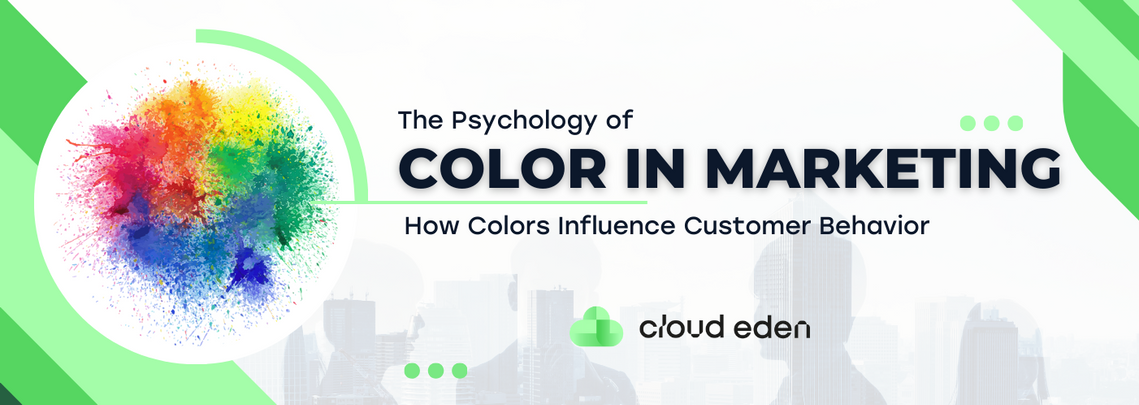
In the competitive world of marketing, businesses constantly seek an edge to captivate their audience and drive consumer behavior. One often overlooked but profoundly influential factor is color. The psychology of color in marketing is a rich field of study, revealing how different hues can evoke emotions, influence perceptions, and ultimately guide purchasing decisions. This article delves into the intricate relationship between color and consumer behavior, providing insights that can help marketers harness the power of color to enhance their campaigns.
Table of Contents
- The Importance of Color in Marketing
- Overview of Color Psychology
2. Understanding Color Psychology
- The Science Behind Color Perception
3. The Role of Color in Branding
- Color and Brand Recognition
- Emotional and Psychological Impact
4. Cultural Variations in Color Perception
5. Color in Marketing Campaigns
- Advertising
- Website Design
- Packaging
- Retail Environment
6. Case Studies: Color in Action
- Coca-Cola
- Tiffany & Co.
- McDonald's
7. The Future of Color in Marketing
- Recap of Key Points
- Strategic Importance of Color in Marketing
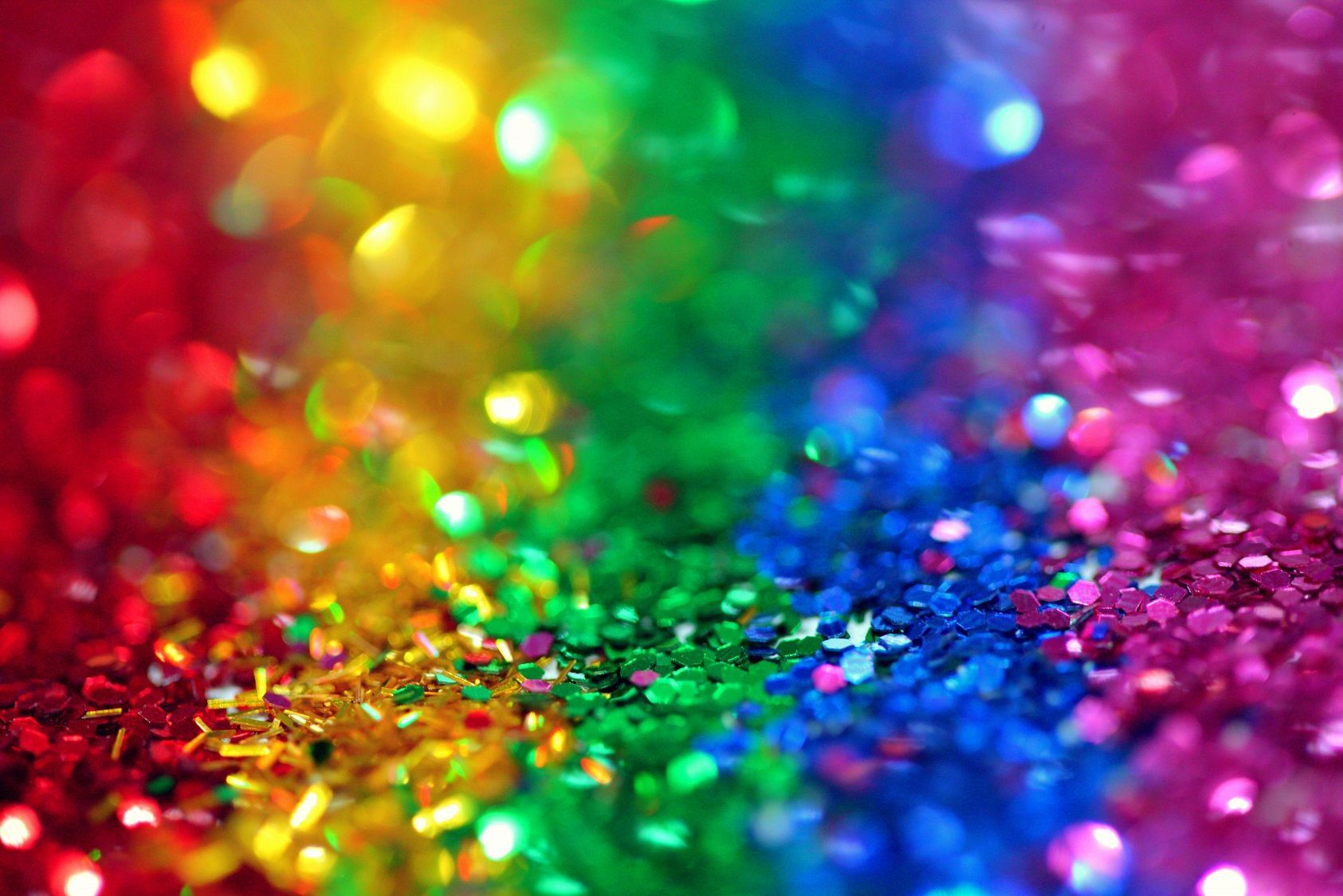
Understanding Color Psychology
Color psychology is the study of how colors affect human behavior and emotions. Colors can trigger various responses based on cultural associations, personal experiences, and even biological reactions. In marketing, these responses can be leveraged to create brand identities, evoke specific emotions, and influence consumer choices.
The Science Behind Color Perception
The human eye perceives color through light receptors called cones. There are three types of cones, each sensitive to different wavelengths of light: short (blue), medium (green), and long (red). When light hits an object, it absorbs some wavelengths and reflects others. The reflected wavelengths are what we perceive as color. This physiological process is just the beginning; the interpretation of these colors occurs in the brain, influenced by context, memories, and cultural norms.
The Role of Color in Branding
Colors are fundamental to brand identity. They convey meanings and emotions that can create strong associations with a brand. For instance, think of McDonald's golden arches, Coca-Cola's vibrant red, or Apple's sleek silver. These colors are not random; they are chosen to align with the brand's values and the emotions they wish to evoke in their customers.
Color and Brand Recognition
Studies show that color can increase brand recognition by up to 80%. This is because colors are processed in the same part of the brain that deals with emotions and long-term memory. When a brand consistently uses a specific color palette, it becomes easier for consumers to recognize and remember the brand.
Emotional and Psychological Impact
Different colors evoke different emotions and psychological responses. Here's a breakdown of some common colors and their associated meanings in Western cultures:
- Red: Excitement, passion, urgency. Often used to stimulate appetite (hence its prevalence in food marketing) and create a sense of urgency, making it effective in clearance sales.
- Blue: Trust, calmness, professionalism. Frequently used in corporate settings and by financial institutions to evoke a sense of trust and dependability.
- Yellow: Happiness, warmth, caution. While it can be cheerful and attention-grabbing, too much yellow can also cause anxiety.
- Green: Health, tranquility, wealth. Associated with nature and often used to promote eco-friendly products or financial services.
- Black: Sophistication, luxury, authority. Commonly used in luxury branding to convey a sense of elegance and exclusivity.
- White: Purity, simplicity, cleanliness. Often used in healthcare and technology industries to convey simplicity and efficiency.
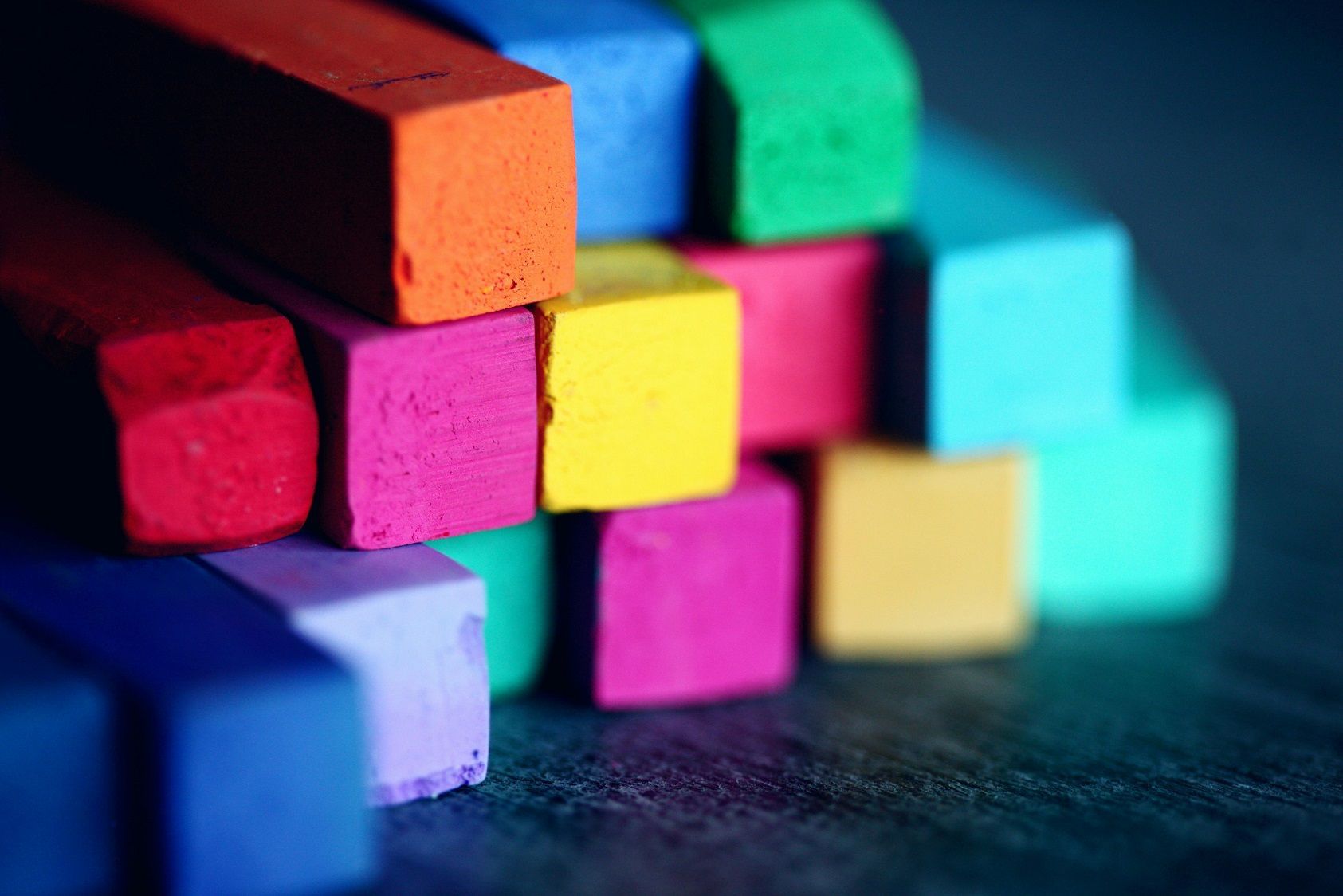
Cultural Variations in Color Perception
It's important to note that color perceptions can vary significantly across cultures. For example, while white is often associated with purity and weddings in Western cultures, it is associated with mourning and funerals in many Eastern cultures. Marketers need to be aware of these cultural differences when planning international campaigns.
Color in Marketing Campaigns
Using color strategically in marketing campaigns can enhance the effectiveness of ads, websites, packaging, and store environments.
Here's how:
Advertising
Colors in advertising can capture attention, convey messages quickly, and influence consumers' emotions and actions. For instance, red can create a sense of urgency, making it ideal for clearance sales and limited-time offers. Blue, on the other hand, can evoke trust and reliability, making it suitable for advertisements from financial institutions or healthcare providers.
Website Design
The color scheme of a website can significantly impact user experience and conversion rates. A well-chosen color palette can make a site more visually appealing, easier to navigate, and more likely to convert visitors into customers. For example, a predominantly blue website can create a sense of professionalism and trustworthiness, which is why many tech companies and financial services prefer this color.
Packaging
Color plays a crucial role in product packaging. It can attract attention on the shelves, convey product benefits, and differentiate a brand from competitors. For example, organic products often use green and earthy tones to signal their natural and eco-friendly attributes.
Retail Environment
In physical retail environments, color can influence the overall ambiance and shopping behavior. Warm colors like red and orange can create a sense of excitement and stimulate impulse purchases, while cool colors like blue and green can create a calming atmosphere, encouraging customers to spend more time in the store.
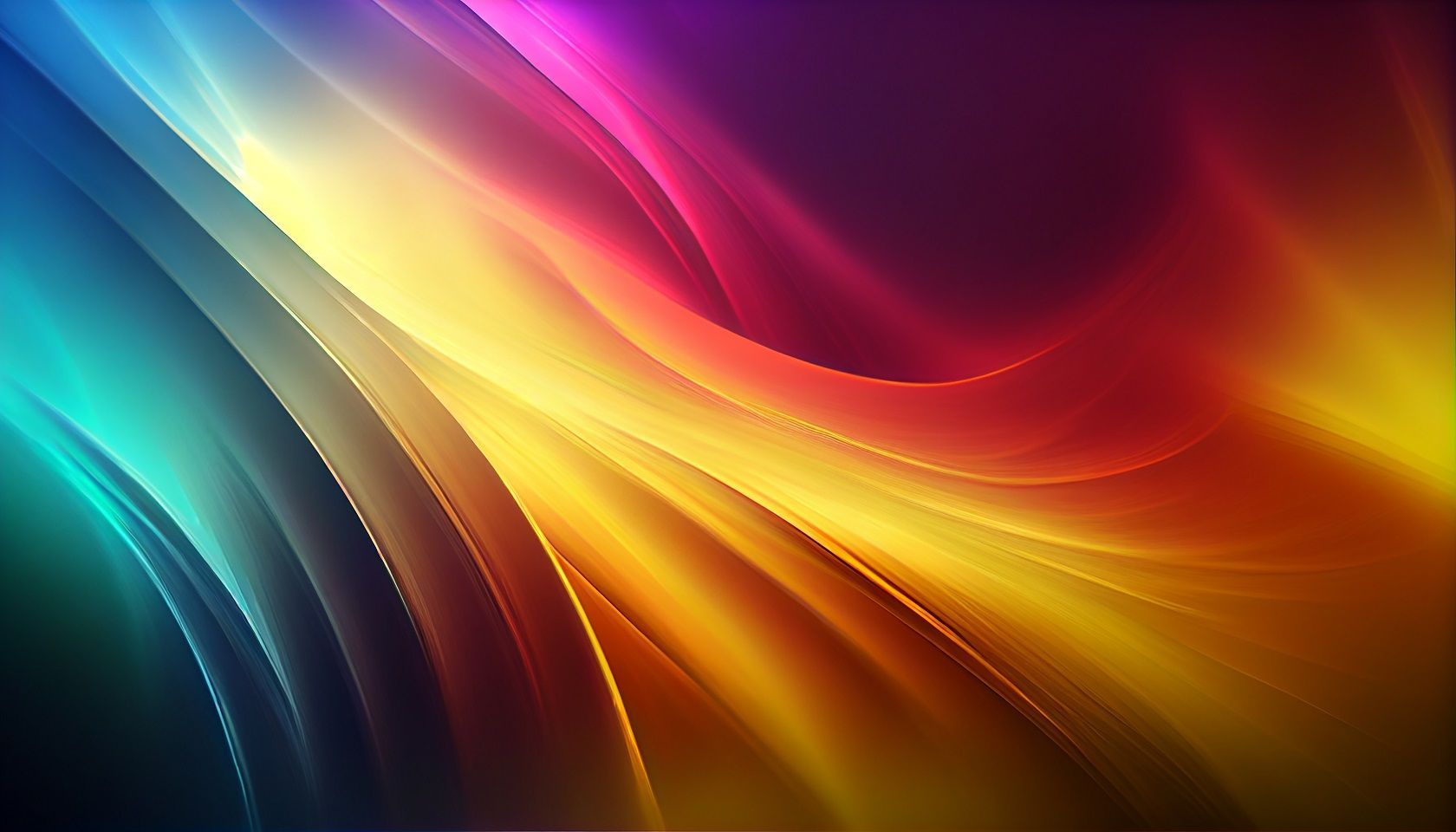
Case Studies: Color in Action
To understand the impact of color in marketing, let's look at a few real-world examples:
Coca-Cola
Coca-Cola's use of red is one of the most iconic examples of color in marketing. The bright red color is associated with excitement, energy, and happiness, aligning perfectly with the brand's image. The color also makes Coca-Cola's packaging instantly recognizable around the world, contributing to its global brand dominance.
Tiffany & Co.
Tiffany & Co.'s distinctive shade of blue, known as Tiffany Blue, is synonymous with luxury and elegance. The color is trademarked and used consistently across all branding elements, from packaging to marketing materials. This consistency has helped Tiffany & Co. establish a strong brand identity that is instantly recognizable and associated with high-quality jewelry.
McDonald's
McDonald's uses a combination of red and yellow in its branding. Red stimulates appetite and creates a sense of urgency, while yellow evokes happiness and friendliness. Together, these colors create a welcoming and appealing atmosphere that encourages customers to dine in and enjoy their meals.
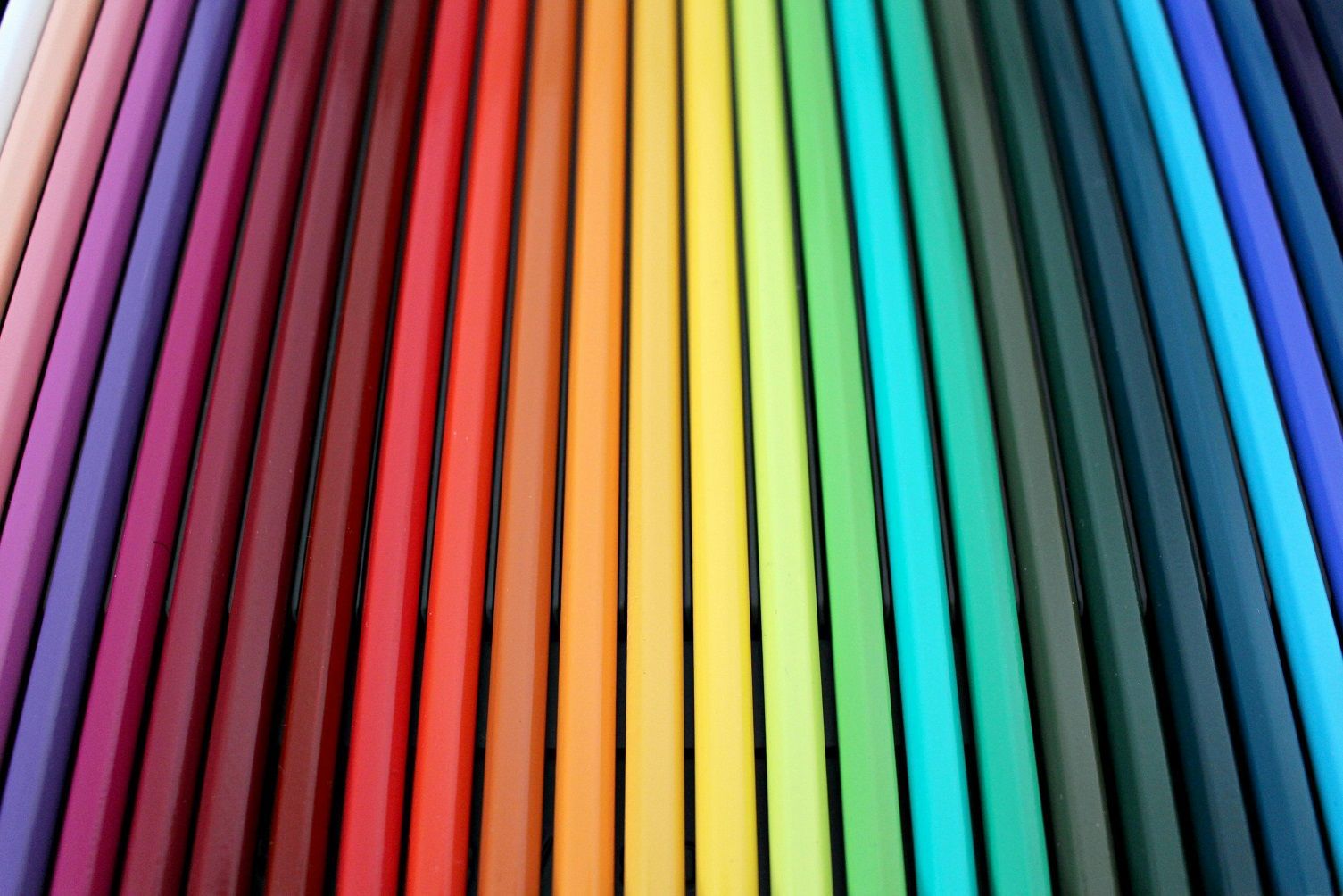
The Future of Color in Marketing
As technology advances, marketers are finding new ways to use color to influence consumer behavior. Augmented reality (AR) and virtual reality (VR) technologies allow for immersive brand experiences where color can play a crucial role in creating emotional connections with consumers. Additionally, advancements in digital marketing analytics enable marketers to test and optimize color choices more effectively, ensuring they resonate with the target audience.
Conclusion
The psychology of color in marketing is a powerful tool that can significantly influence consumer behavior. By understanding the emotional and psychological impacts of different colors, marketers can create more effective branding, advertising, and overall marketing strategies. Whether it's the excitement of red, the trustworthiness of blue, or the luxury of black, the right color choice can make all the difference in capturing attention, conveying the right message, and driving consumer action.
As we continue to explore the nuances of color psychology, it's clear that color will remain a fundamental element of marketing strategy. By staying attuned to cultural variations, technological advancements, and consumer preferences, marketers can harness the power of color to create compelling and successful campaigns.
By incorporating these insights into your marketing efforts, you can enhance your brand's presence, create deeper emotional connections with your audience, and ultimately drive better business results. Remember, the next time you choose a color for your marketing materials, you're not just picking a hue—you're making a strategic decision that could influence the success of your campaign.
Welcome To Our Blog





